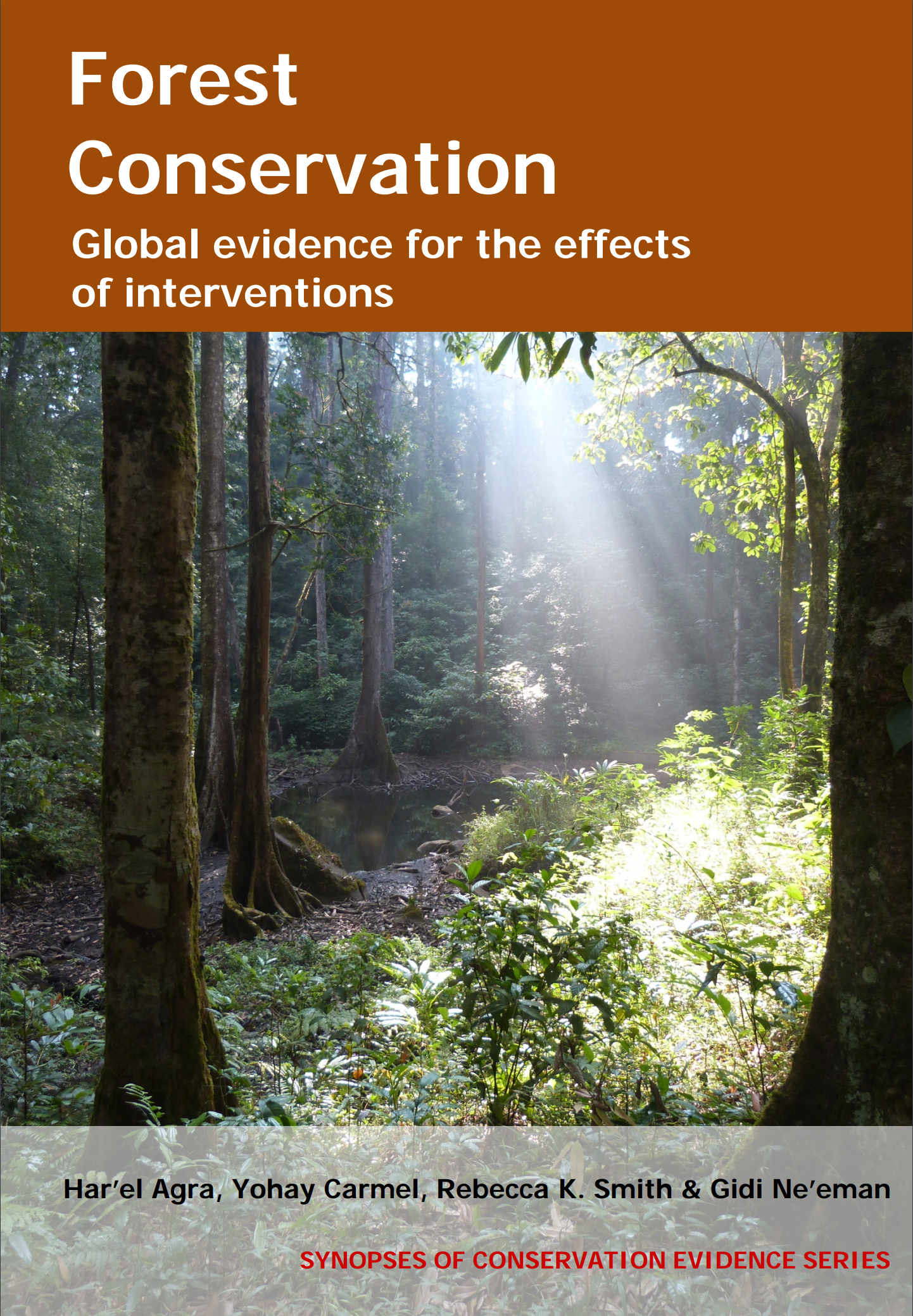Remove or disturb leaf litter to enhance germination
-
Overall effectiveness category Unknown effectiveness (limited evidence)
-
Number of studies: 2
View assessment score
Hide assessment score
How is the evidence assessed?
-
Effectiveness
40% -
Certainty
25% -
Harms
23%
Study locations
Supporting evidence from individual studies
A replicated, controlled study in 1983-1999 in temperate mixed woodland in Poland (1) found that annual removal of leaf litter increased species richness and cover of mosses after 12 years and temporarily increased vascular plant species richness after 10 years, but decreased vascular plant cover after 13 years. Species richness and cover of mosses was higher in leaf litter removal plots than in control plots after four years and remained higher until the end of the experiment (average 4-15 years of removal: 8 species, 35% cover; control: 0 species and 0% cover). Vascular plant cover was lower in leaf litter removal plots than in control plots after 13 years of treatment (average 13-15 years of removal: 55%; control: 85%). Vascular plant species richness was higher in leaf litter removal plots than in control plots after 10 years (average 10-13 years of removal: 17; control: 9 species) and then became similar between treatments after 14 years of treatment (average 14-15 years: 16; control: 11 species). Monitoring was in three pairs of 5 × 5 m plots for two treatments: leaf litter removed (litter raked and removed every year 1983-1998) and controls (litter not removed).
Study and other actions testedA replicated, controlled study in 1997-1999 in tropical forest in Costa Rica (2) found that removal of leaf litter decreased the density of new tree seedlings in forest areas, but not in artificial gaps. The density of new tree seedlings was higher in control (0.5/m2) than in litter removal plots (0.3/m2) in forest areas, and similar between treatments in artificial gaps (control: 3.0/m2; litter removal: 2.7/m2). In 1997, large gaps (320–540 m2) were created inside five 40 × 40 m plots (gap plots) by cutting and removing all tree stems ≥5 cm diameter at breast height. Five other similar size plots (non-gap plots) were unmanipulated with respect to canopy cover. Five blocks were established within each plot, each comprised of two 2 × 2 m quadrats one of each of litter removal and a control with no litter removal. Data were taken every two months for one year after treatments.
Study and other actions tested
Where has this evidence come from?
List of journals searched by synopsis
All the journals searched for all synopses
This Action forms part of the Action Synopsis:
Forest Conservation
Forest Conservation - Published 2016
Forest synopsis





)_2023.JPG)














